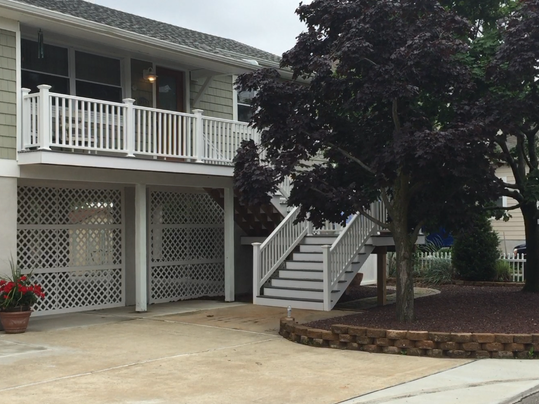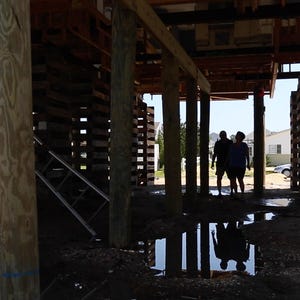MOONACHIE – U.S. Sen. Robert Menendez announced Sept. 18 that the Federal Emergency Management Agency (FEMA) has agreed to extend the deadline for Sandy victims to have their claims reviewed until Oct. 15.
After evidence emerged of widespread lowballing and potential fraud, and at the urging of Menendez and the New Jersey Congressional delegation, FEMA agreed in March to reopen all 142,000 flood insurance claims filed by victims of Superstorm Sandy, not currently in litigation, including 70,000 in New Jersey, according to a release.
“I have spent the past year and a half fighting to reform the NFIP’s broken claims process and give Sandy victims, who faithfully paid their insurance premiums, a second chance to finally get what they deserve,” stated Menendez, speaking at Joseph Street Park in Moonachie, a community hit especially hard during the Superstorm.
“I’m incredibly pleased to announce that FEMA has agreed to extend the deadline for Sandy victims to have their claims re-opened and reviewed.”
Menendez was joined by Tess Tomasi of the Volunteer Center of Bergen County, Sue Marticek of the Ocean County Long Term Recovery Group and Sonny Markoski of Long Beach Island, who, along with his wife Dawn, will be receiving $56,000 in additional money as a result of their claims review.

 RECORD FILE PHOTO
RECORD FILE PHOTO





 Signed and sealed
Signed and sealed